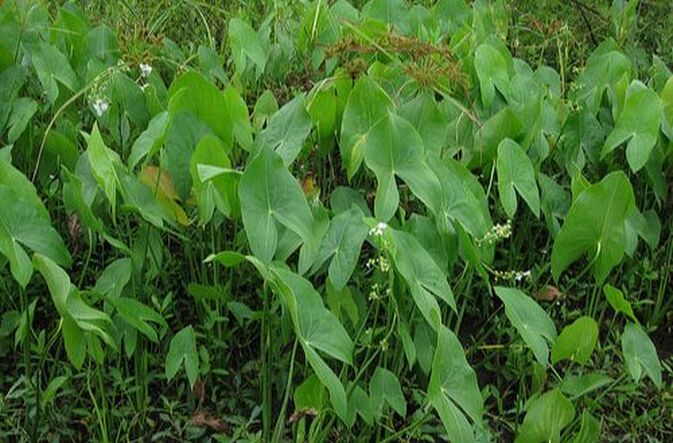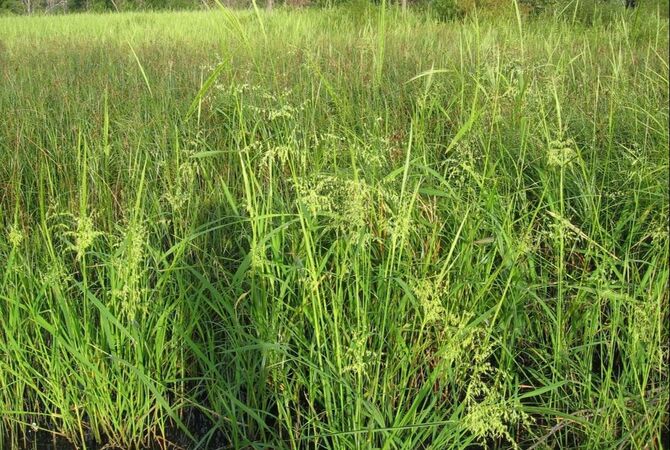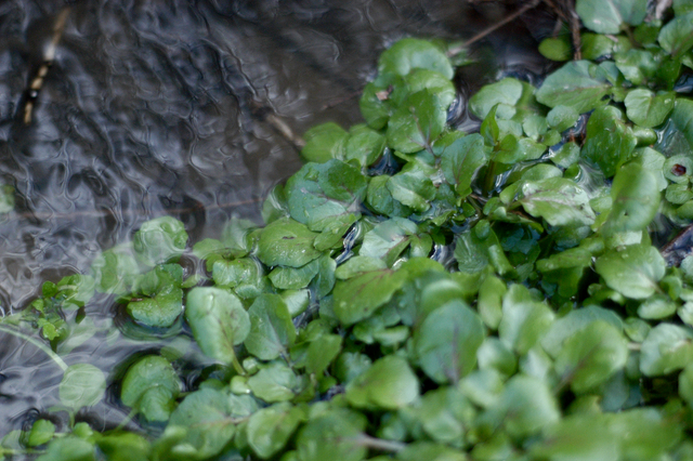Knowing and understanding the plants that surround you in the wilderness can turn survival into an outdoor food market found all around you. Because many people all over the world have their own names for what they call a certain plant the Latin name is the only way to by pass all the confusion one may encounter when trying to identify a specific plant as the world leading scientist have chosen to accept unanimously these names.
PLants Near Sources of Water
cattail
Latin Name: Typha latifolia & angustifolia
Harvest Time: Early Spring till Late Summer
Habitat: Shallow water of lakes, ponds, bays, ditches, marshes
Harvest Info: The rhizome are the first part of the plant that can be harvested till about mid-spring then again in early fall. Whereas the pollen will not be available till early summer and the laterals till mid-summer. In mid-spring the rhizomes can be dug up
Edible Parts:
- Flower buds: Are starching like potatoes but taste like sweet corn with a faint bitter taste.
- Spikes: Harvested during the early summer period, boiled and eaten like corn.
- Pollen: Can be gathered using a bag and shaken to collect and use for a soup thickener or an additive for flour.
- Laterals: Can be eaten raw or cooked and prepared like a spaghetti.
- Leaf Hearts / Shoot Cores: Can be harvested during the late summer period and eaten both raw and cooked.
- Rhizomes: The core can be chewed raw and eaten while sucking out the starch, apart from that they are not lake potatoes. They are very fibrous therefore most of the energy one will get from eating the plant rhizomes is for its starch. You can eat the internal parts contained in the rhizomes but in the end you will be spitting out a wad of fibrous material. Used for a flour additive not a substitute. In order to use as a flour additive you have to peel the rhizome of its fibrous material. Then separate from the core the starch and soak and let stand for a while. Once the starch has settled at the bottom of the bowl pour out the water and the small layer over the starch material once this is accomplished just add this to your flour or batter.
Wapato, Arrowhead
Latin Name: Sagittaria latifolia
Harvest Time: Late September and early October
Habitat: Shores, lakes, ponds, streams, ditches, bogs, wet meadows; common and widespread
Harvest Info: The prime time to harvest these tubers is when the tubers fully mature which does not take place until the plant begins to turn brown and die. As long as the water does not freeze in that area one can potentially harvest them all winter long. However, you can still harvest them in the spring but the water will indeed be cold when doing so. Harvesting these guys will require effort as they will need to be harvested with a potato hook like contraption as they are pulled from the floor as these bad boys can be a far deep as 6 inches in the muck. When the tubers are harvested properly they will float to the top.
Habitat: Shores, lakes, ponds, streams, ditches, bogs, wet meadows; common and widespread
Harvest Info: The prime time to harvest these tubers is when the tubers fully mature which does not take place until the plant begins to turn brown and die. As long as the water does not freeze in that area one can potentially harvest them all winter long. However, you can still harvest them in the spring but the water will indeed be cold when doing so. Harvesting these guys will require effort as they will need to be harvested with a potato hook like contraption as they are pulled from the floor as these bad boys can be a far deep as 6 inches in the muck. When the tubers are harvested properly they will float to the top.
Edible Parts:
- The Tubers: Are starching like potatoes but taste like sweet corn with a faint bitter taste.
- Rhizomes: Can be harvested during the late summer period and eaten both raw and cooked.
- The Leaves and Leafstalks: Although they have a grapefruit-peel scent and taste if eaten raw the scent goes away once boiled as well as the grapefruit like flavor.
- The Shoot of the Flower Stalk: In midsummer before the flowers begin to open these too can be harvested for weeks long. Although they have as well a grapefruit-peel scent and taste if eaten raw the scent goes away once boiled as well as the grapefruit like flavor.
wild rice
Latin Name: Zizania aquatica
Harvest Time: August through the end of September
Habitat: Marshes, shallow ponds, lakes, streams, or bays of fresh and brackish water
Harvest Info: If grain heads are full and green you still have time till the harvest is ripe for the pickings. The quality of the rice is not dependent upon the size of the stalks are, nor how thick, nor abundant the plant is, but rather seek out an area whose rice stalk are medium but not to thick of an area where you would have trouble maneuvering through it, Rice season is approximately 10-14 day time period. The ripening time for rice falls between Aug 25th-Sept 10th. When wild rice ripens it is not completely a color thing rather than a subject of its willingness to fall off the stalk when stroked. If a stalk is struck with a stick and the kernels fall its time.
Habitat: Marshes, shallow ponds, lakes, streams, or bays of fresh and brackish water
Harvest Info: If grain heads are full and green you still have time till the harvest is ripe for the pickings. The quality of the rice is not dependent upon the size of the stalks are, nor how thick, nor abundant the plant is, but rather seek out an area whose rice stalk are medium but not to thick of an area where you would have trouble maneuvering through it, Rice season is approximately 10-14 day time period. The ripening time for rice falls between Aug 25th-Sept 10th. When wild rice ripens it is not completely a color thing rather than a subject of its willingness to fall off the stalk when stroked. If a stalk is struck with a stick and the kernels fall its time.
Edible Parts:
Process: To process the grain you have to dry the rice out, parch in order to harden to make the chaff brittle, then rub the loose chaff from the kernels and lastly remove winnow the rice so that the chaff will separate from the rice all together.
- Kernels: Same starching attributes as common rice
Process: To process the grain you have to dry the rice out, parch in order to harden to make the chaff brittle, then rub the loose chaff from the kernels and lastly remove winnow the rice so that the chaff will separate from the rice all together.
Watercress
Latin Name: Nasturtium officinale, microphyllum
Harvest Time: Autumn, Winter and Spring
Habitat: Slow moving clear water, especially springs, cool streams
Harvest Info: Always collect young growth near water sources that are not polluted. If needed to be eaten raw use clean off using Iodine purifying tablets and rinse well.
Habitat: Slow moving clear water, especially springs, cool streams
Harvest Info: Always collect young growth near water sources that are not polluted. If needed to be eaten raw use clean off using Iodine purifying tablets and rinse well.
Edible Parts:
- The Leaves: Can be used in soups, or stir fried (has a taste like a radish) when cooked it looses its hotness.
- The Stems: Can be used in soups, or stir fried, and salads



